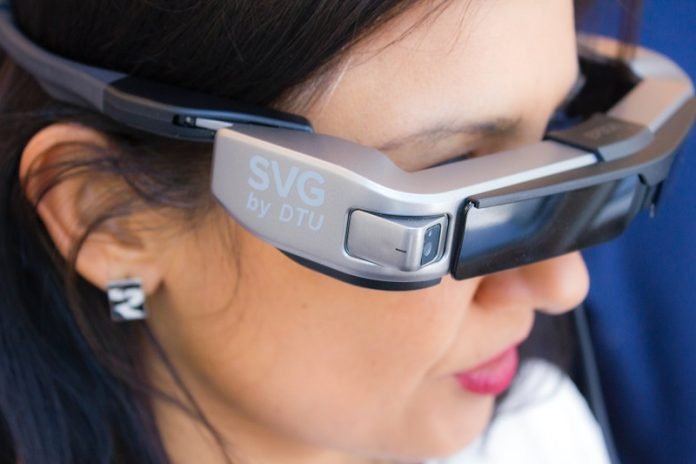
Do you remember when people started wearing smartwatches and it was all new and exciting? Well, imagine someone wearing glasses that can do even more.
These are called “smart glasses,” and they can add virtual stuff like animals or text over what the wearer is seeing.
Sounds cool, right? But a new study says it’s not so cool for the people who are not wearing these glasses.
Researchers from Cornell University and Brown University found that people who wore smart glasses felt less anxious and more at ease.
But what about those who didn’t have them on? The study showed that they felt uneasy and even disempowered.
Why? Because the smart glasses could change how the other person looked, like turning them into a deer or a bear.
The person not wearing the glasses wouldn’t even know this was happening. Also, the smart glasses could be secretly recording video, and that made people uncomfortable.
The study involved five pairs of people. One wore the smart glasses, while the other didn’t. They had to talk about a survival activity in the desert.
The glasses for the study were a special type, called Spectacles, borrowed from Snap Inc., the company behind Snapchat.
After their talk, everyone got to share how they felt and what could make the smart glasses better. Those wearing the glasses said that the fun filters made them feel more relaxed.
But those who didn’t wear them said they didn’t like not knowing what was happening on the other side. They felt that their appearance was being controlled by someone else, which wasn’t fair.
But it’s not all bad news. Some people who didn’t wear the glasses asked the wearers what they were seeing and even moved to dodge the silly filters.
This showed that they still had some power in this strange, mixed-reality world.
Another issue is the lenses of the smart glasses. They’re usually dark so that the wearer can see the virtual images clearly. But that makes it hard to have eye contact, which is important for a good conversation.
So, what can be done to make everyone happier? The study suggests a couple of things. One idea is to add a light that shows when the glasses are recording. Another is to use a kind of display that lets people know what the wearer is looking at.
Lastly, the researchers say it’s crucial to think about everyone, not just the person wearing the glasses, when designing these gadgets.
This study was shared in a big conference about interactive systems and is also published for people to read and learn from. So, the next time you see someone with smart glasses, you’ll know there’s a lot more going on than meets the eye.
Follow us on Twitter for more articles about this topic.
Source: Cornell University.



